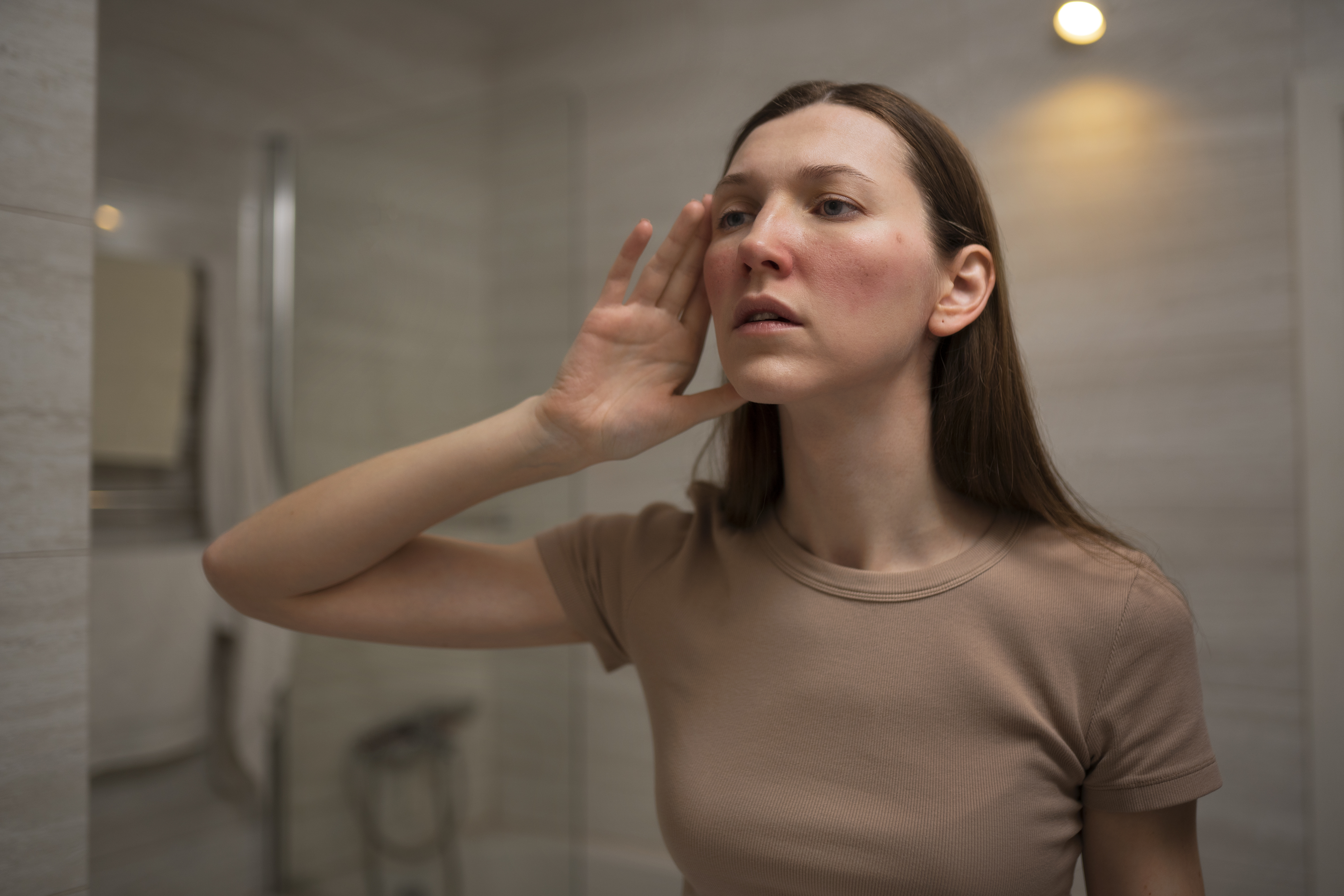What Are Food Allergies?
A food allergy happens when the body’s immune system reacts strongly to something you eat. Even a small amount of the food can cause symptoms like hives, stomach pain, swelling, or more serious reactions like trouble breathing.
The most common food allergens include:
-
Milk
-
Eggs
-
Peanuts
-
Tree nuts (like almonds or walnuts)
-
Wheat
-
Soy
-
Fish
-
Shellfish
Some people are allergic to more than one food. That’s why it’s important to always know what’s in your meals.
Tip #1: Read Food Labels Carefully
This is one of the most important things you can do. Packaged foods are required to list common allergens. Look for phrases like:
-
“Contains peanuts”
-
“May contain traces of milk”
-
“Processed in a facility that also handles nuts”
If you’re unsure about an ingredient, it’s safer to skip it. Some ingredients may sound harmless but are made from allergens — so get familiar with tricky names.
Tip #2: Cook at Home More Often
When you prepare your own meals, you have full control over the ingredients. You know exactly what’s going into your food and can avoid cross-contamination.
Try exploring allergy-friendly cookbooks or websites. There are endless recipes for delicious, allergen-free meals like:
-
Dairy-free mac and cheese
-
Gluten-free pizza
-
Nut-free cookies
Cooking at home also lets you experiment with healthy substitutions.
Tip #3: Communicate When Dining Out
Eating at restaurants is possible, but it takes communication. Always let your server know about your food allergy before ordering. Ask:
-
Do you use peanut oil?
-
Is the dish cooked on the same surface as allergen-containing foods?
-
Can this meal be made without milk/wheat/eggs?
Many restaurants are allergy-aware and happy to help. Some even offer allergy-friendly menus. Don’t be afraid to speak up — your safety comes first.
Tip #4: Keep Allergy-Friendly Snacks with You
It’s a smart idea to carry safe snacks with you, especially when traveling, at work, or at school. This helps you avoid risky food and ensures you never go hungry.
Great allergy-friendly snacks include:
-
Fruit
-
Rice cakes
-
Veggie sticks with hummus
-
Gluten-free granola bars
-
Allergen-free cookies or trail mix
Always double-check labels and store your snacks in separate containers.
Tip #5: Avoid Cross-Contamination
Cross-contamination happens when allergen-free foods come in contact with allergens. Even small traces can cause a reaction.
To stay safe:
-
Wash cutting boards, knives, and counters well after preparing meals
-
Use separate utensils for different foods
-
Don’t share drinks, plates, or snacks with others unless you’re sure they’re safe
If someone else in your home eats foods you’re allergic to, consider color-coding containers or using allergy-friendly zones in your kitchen.
Tip #6: Educate Friends and Family
People who care about you want to help — they just may not know how. Teach them about your allergies, how serious they are, and what to do in case of a reaction.
When visiting friends, don’t hesitate to ask what’s in the food or offer to bring your own. If you’re attending a party, eat before you go or pack something safe just in case.
Tip #7: Always Carry Your Medication
If your doctor prescribed an epinephrine auto-injector (like an EpiPen), carry it everywhere. Accidents can happen, and being prepared can save your life.
Also keep antihistamines on hand for mild reactions. Make sure friends, coworkers, and teachers know where your medicine is and how to use it in an emergency.
You Can Still Enjoy Food!
Food allergies may seem limiting at first, but they can actually lead to better eating habits. You’ll become more aware of what you eat, try new recipes, and often eat fresher, healthier meals.
There’s a growing market for allergy-friendly products. From gluten-free bread to dairy-free ice cream, there are more safe options today than ever before.
Conclusion
Food allergies don’t have to take the joy out of eating. With careful planning, smart choices, and good communication, you can live a safe and flavorful life. The key is to stay informed, stay prepared, and never be afraid to speak up. Delicious and safe meals are absolutely possible — and they’re waiting for you!














